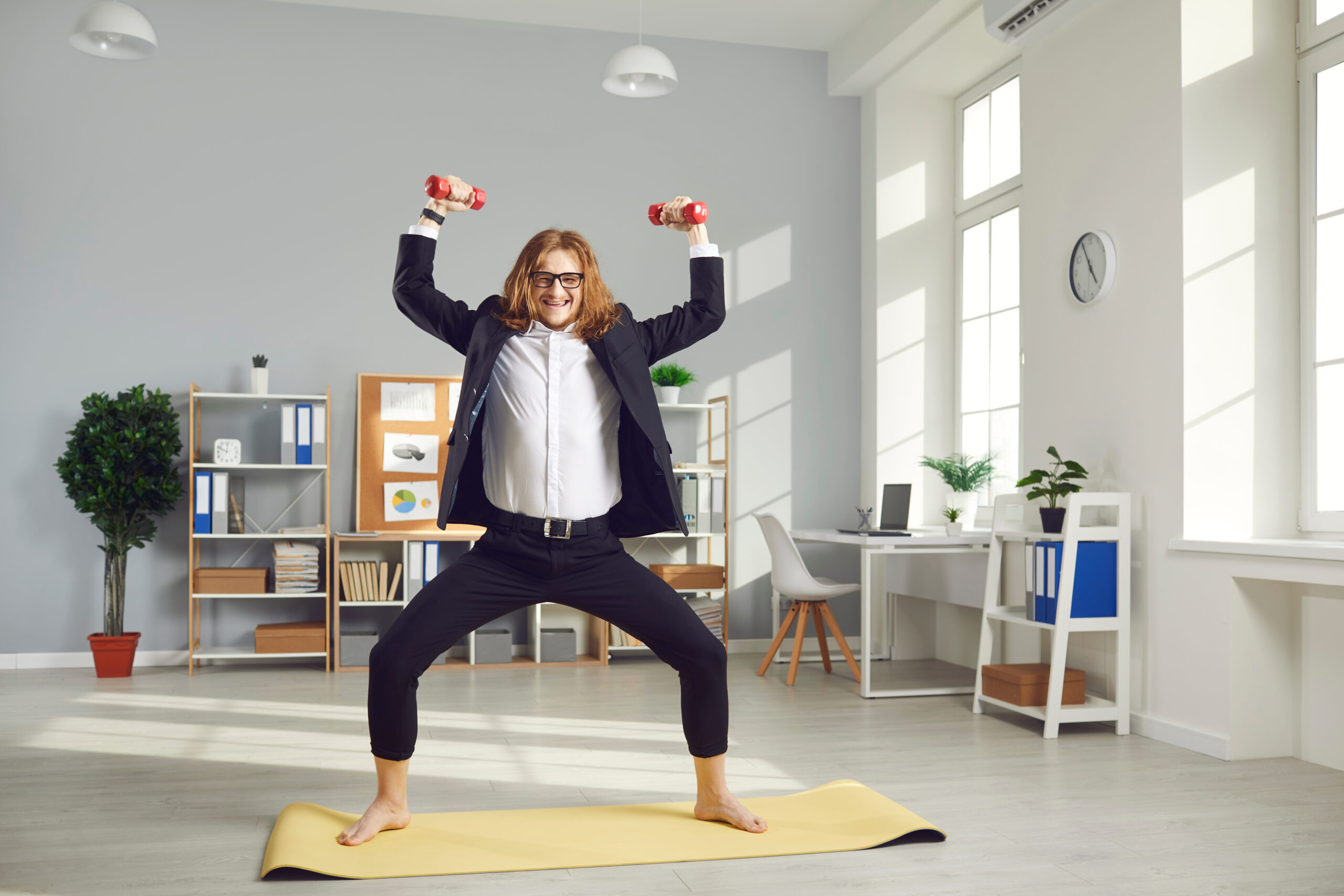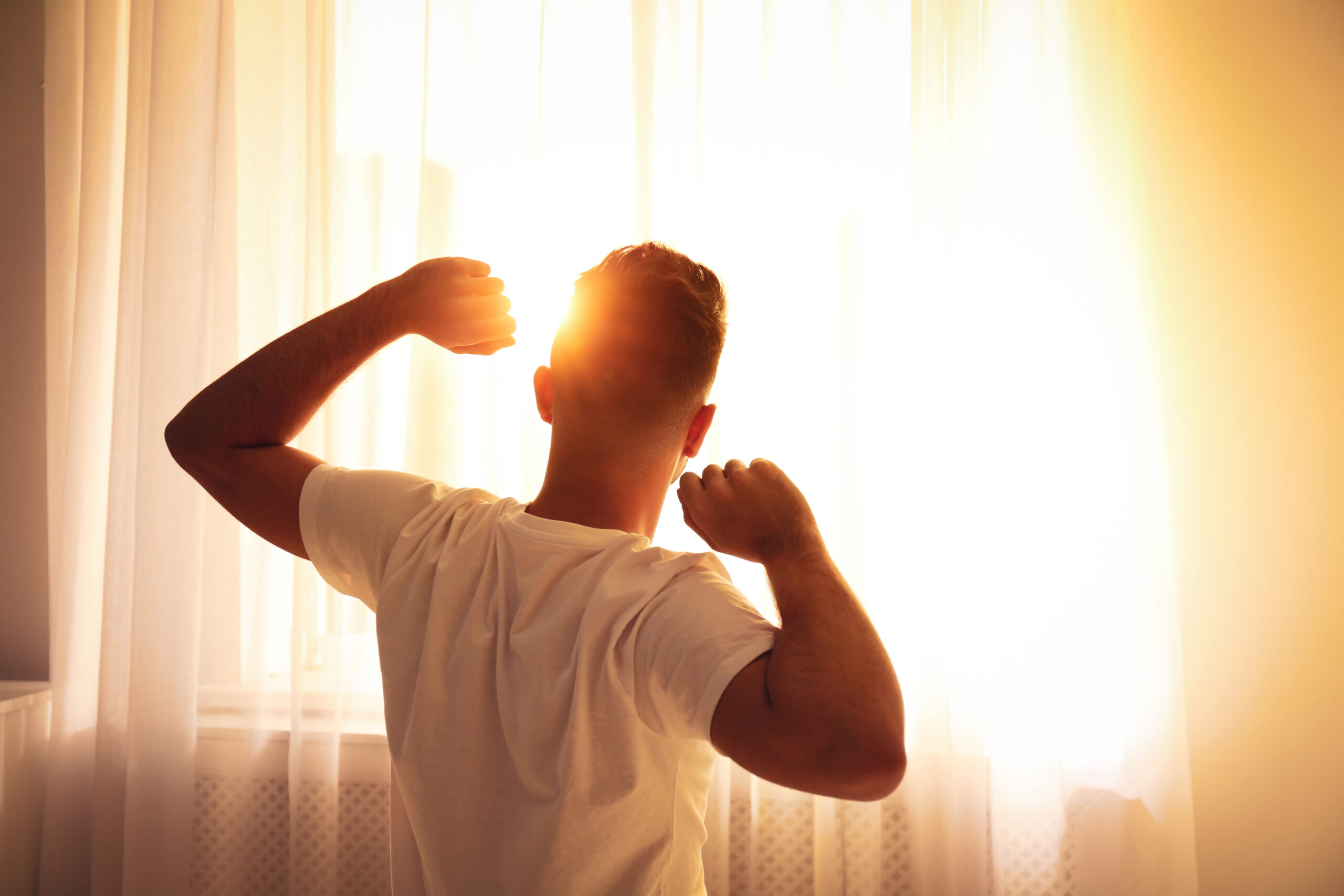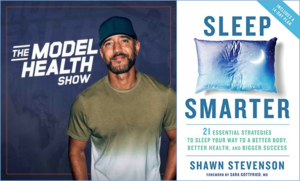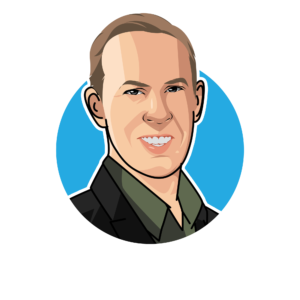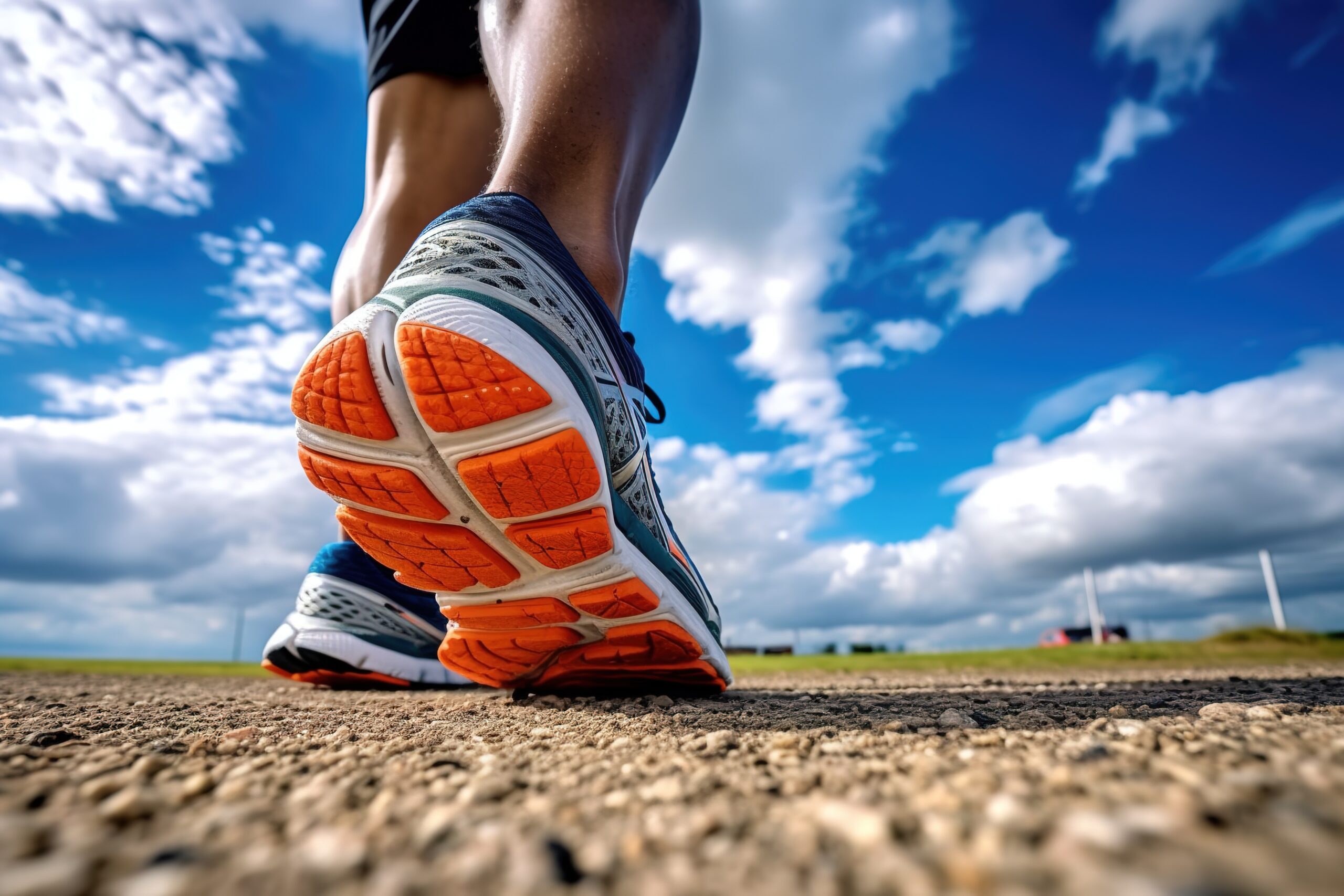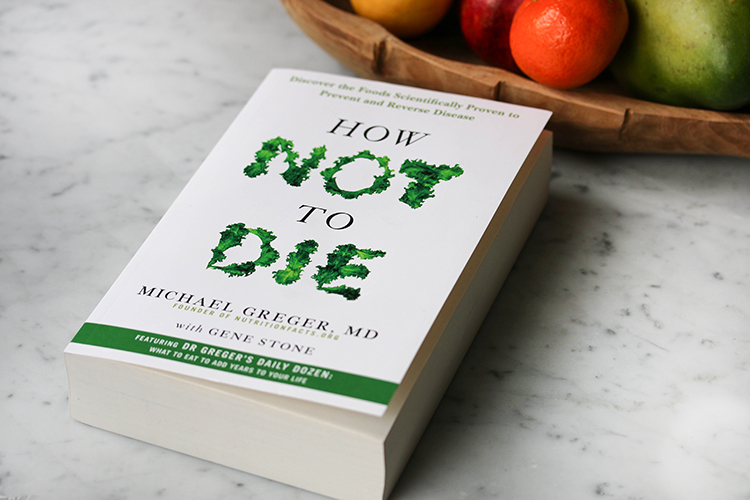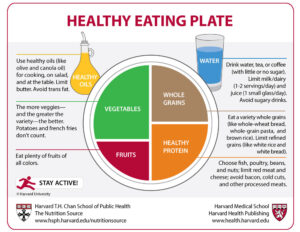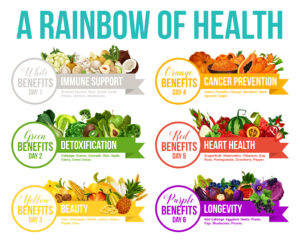Article Summary:
Without health and vitality, even success and good relationships can feel empty, as stress, fatigue, or poor habits drain your joy and resilience. This article guides you through the 12 most important elements of physical and mental well-being—like nutrition, sleep, exercise, mindfulness, and resilience—so you can identify gaps, take practical steps, and build a foundation for thriving in life.
+++
You want to live a good life and you want to do well at work, but without health and vitality, everything else suffers. You can achieve success and build healthy relationships, but if your body is run-down or your mind is frequently stressed, it all feels hollow. Health and vitality are the foundation that everything else rests upon. They determine how much energy you bring to each day, how resilient you are in the face of challenges, and how much joy you can experience in the moments that matter most.
Here we explore the 12 most important components of health and vitality, including both physical and mental health. Together, these elements help you thrive. By taking stock of each one, you’ll gain a clearer sense of where you’re strong and where you need work.
1. Nutrition
Are you eating well and drinking enough water? Nutrition is a cornerstone of health and vitality. It influences your energy levels, mood, cognitive performance, and overall well-being. Proper nutrition can also have a big impact on heart health, blood pressure, immune system, mental clarity, sexual function, and longevity. Poor nutrition is a leading cause of premature death and disability, according to Dr. Michael Greger’s research. To help you make better dietary choices, check out the “Healthy Eating Plate” from Harvard researchers. (See my article, “Good Nutrition for Health and Wellness.”)
What will you do to improve your nutrition and hydration?
2. Sleep
Are you getting enough high-quality sleep? Sleep is a cornerstone of health and vitality, yet it’s often the most overlooked aspect of well-being. Quality sleep has a profound impact on your cognitive function, emotional regulation, and physical health. It’s an active process that rejuvenates the body and mind, preparing you for the challenges of the day ahead. Poor sleep can lead to impaired memory, mood disturbances, and decreased productivity. Practical strategies include establishing a consistent sleep schedule, creating a calm and restful sleep sanctuary, and stopping your screen time well before bedtime. (For more: “Great Sleep for Health, Wellness, and Great Work.”)
What will you do to improve your sleep quality?
3. Exercise
Do you move your body and exercise often and well enough? Exercise is a cornerstone of health and vitality, influencing nearly every aspect of your well-being. From enhancing mood and mental clarity to boosting energy levels and longevity, exercise is a keystone habit that triggers widespread positive changes. Incorporating movement into your daily routine can lead to improved cognitive function, better sleep quality, and lower risk of chronic diseases. The key is consistency and finding a routine that fits well with your lifestyle. (More here: “Exercise and Movement for Health, Wellness, and Great Work.”)
What will you do to move your body more and improve your exercise habits?
4. Strength
Do you feel strong and powerful? Strength is a cornerstone of your physical vitality. When you build and maintain muscle, you’re not just improving your appearance—you’re giving yourself the ability to handle life’s demands. Consistency matters more than intensity at first. Start small and build gradually. Focus on all major muscle groups, including your core. Pair your training with proper recovery—including rest days, stretching, and adequate protein—to let your muscles repair and grow. Strength training also protects your bones, boosts your metabolism, and improves posture, making it one of the best investments you can make in your long-term health and vitality.
What will you do to develop your strength?
5. Flexibility
Are you flexible and able to navigate physical activities with a good range of movement?
Flexibility is often overlooked, but it plays a vital role in your health. When your muscles and joints move freely, you reduce the risk of injury, improve posture, and make everyday movements like bending, reaching, or twisting easier and more comfortable. You can enhance your flexibility through regular stretching, yoga, or mobility exercises, focusing on all major muscle groups and joints. Even just a few minutes each day of dynamic stretches or gentle movement can maintain or increase your range of motion. Flexibility also complements strength and endurance, helping your body move efficiently and recover more quickly after physical activity.
What will you do to enhance your flexibility?
6. Energy
How are your energy levels? Maintaining a good energy level is essential for living a vibrant, fulfilling life. Your energy fuels everything you do—from work and exercise to hobbies and family time. To keep your energy high, focus on foundational habits like getting adequate sleep, staying hydrated, eating well, and moving your body regularly. Avoid long periods of sedentary behavior and manage your stress, because mental fatigue can drain your vitality just as much as physical exertion. Small practices—like taking short breaks throughout the day and practicing deep breathing—can make a big difference. When you intentionally cultivate and protect your energy, you ensure that you have the capacity to do the things you want to do.
What will you do to develop and maintain high energy levels?
7. Endurance
Are you able to continue expending effort despite fatigue or stress? Building stamina allows you to engage in physical activity longer, recover faster, and handle daily demands without feeling exhausted. You can improve endurance through aerobic exercises like running, cycling, swimming, brisk walking, and dancing. Combining cardiovascular training with strength exercises enhances overall stamina, while proper nutrition, hydration, and rest ensure your body has the fuel and recovery it needs. By investing in endurance, you not only improve your physical capacity but also boost your mental resilience and energy levels.
What will you do to boost your endurance?
8. Mindfulness
Are you able to focus your awareness on the present moment and calmly acknowledge and accept your thoughts and feelings? Mindfulness is a cornerstone of mental clarity and emotional resilience. In our fast-paced world, many of us grapple with stress, anxiety, and a constant barrage of thoughts (i.e., “monkey mind”). This mental chatter can disrupt focus, elevate stress levels, and hinder your ability to be present. Mindfulness can help train your mind to become more present, focused, and still.
Practicing mindfulness can significantly enhance your mental well-being. It helps quiet the mind, reduce stress, and improve emotional regulation. By engaging in mindfulness practices such as meditation, deep breathing, or simply paying attention to the present moment, you can develop a deeper connection with yourself and your surroundings. (For more: “Why We Need Meditation and Mindfulness Now More than Ever.”)
What will you do to enhance your mindfulness?
9. Emotional Calm
Do you have peace of mind and a sense of inner calm on a regular basis? Emotional calm is a vital part of your mental health and greatly influences your overall vitality. When you cultivate a sense of calm, you reduce stress, make better decisions, and experience more clarity and focus. Simple practices like meditation, deep breathing exercises, or journaling can help you manage emotional turbulence and create inner stillness. Regularly checking in with yourself, setting boundaries, and prioritizing restorative activities like time in nature, hobbies, or connecting with supportive people all contribute to your emotional equilibrium. By nurturing emotional calm, you create mental space and energy to thrive in your life.
What will you do to bring more emotional calm into your life?
10. Relaxation
Do you take enough time to relax during your days? Relaxation is essential for your health and vitality. Giving your mind and body intentional downtime helps reduce stress hormones, lowers blood pressure, and restores energy so you can function at your best. You can relax through activities like listening to music, reading, stretching, practicing gentle breathing, or just pausing and looking out at the horizon. When you take time to recharge, it makes a big difference.
What will you do to relax more?
11. Resilience
Do you maintain a regular and robust ability to adapt and recover in the face of adversity? In challenging times, resilience enables you to navigate stress, uncertainty, and setbacks without losing your sense of purpose or well-being. According to Tony Schwartz of The Energy Project, there are three pillars of resilience: self-awareness (identifying what you’re feeling), self-regulation (calming yourself in the face of anxiety, anger, or fear), and self-care (taking good care of yourself and maintaining your energy reserves).
What will you do to enhance your resilience?
12. Self-Care
Do you engage in regular self-care practices that replenish your energy and help you cope with hard times? This can include taking regular breaks, exercising, eating well, engaging in hobbies, and having places or practices of sanctuary that bring you peace. By building these things into the fabric of your days, you can build a strong and durable foundation that supports and sustains your health and vitality, even in difficult times.
What will you do to take even better care of yourself going forward?
Conclusion
Health and vitality aren’t luxuries. They’re the foundation of a good life. Without them, everything else becomes harder and less fulfilling, no matter how much success you have in other areas. By investing in your physical and mental well-being, you give yourself the capacity to thrive.
Choose one area to strengthen today and watch how it lifts the rest of your life. Focus on progress, not perfection. The more you invest in your health and vitality, the more fully you’ll be able to live, love, and lead.
Wishing you well with it.
–Gregg

Tools for You
- Quality of Life Assessment so you can discover your strongest areas and the areas that need work, then act accordingly.
- Crafting Your Life & Work online course to help you design your next chapter and create a life you love.
- Traps Test (Common Traps of Living) to help you identify what’s getting in the way of your happiness and quality of life.
Related Articles
- “Taking Stock of Your Quality of Life”
- “Exercise and Movement for Health, Wellness, and Great Work”
- “Great Sleep for Health, Wellness, and Great Work”
- “The Problem with Tired Leaders”
- “Good Nutrition for Health and Wellness”
- “The Benefits of Nature and Getting Outside“
- “The Trap of Bad Habits—And How to Break Them”
- “Self-Care and Personal Resilience in Hard Times”
Appendix: Safety
You can’t get very far with any of the elements above if you don’t feel safe. With health and vitality, safety is the foundation. If you don’t feel safe, everything else takes a back seat, because your mind and body remain on high alert. Pay attention to both physical and digital safety. What will you do to protect and maintain your safety?
Postscript: Inspirations on Health and Vitality and Quality of Life
- “It is health that is real wealth and not pieces of gold and silver.” -Mahatma Gandhi
- “Happiness lies first of all in health.” -George William Curtis
- “The food you eat can be either the safest and most powerful form of medicine or the slowest form of poison.” -Ann Wigmore, holistic health practitioner
- “Any food that requires enhancing by the use of chemical substances should in no way be considered a food.” -John H. Tobe, researcher, naturalist, and author
- “Physical fitness is the first requisite of happiness.” -Joseph Pilates, German-born physical trainer, writer, and inventor
- “Take care of your body. It’s the only place you have to live.” -Jim Rohn, entrepreneur and author
- “Good things come to those who sweat.” -unknown
- “Exercise is a celebration of what your body can do. Not a punishment for what you ate.” -anonymous
- “When it comes to health and well-being, regular exercise is about as close to a magic potion as you can get.” -Thich Nhat Hanh, Vietnamese Buddhist monk
- “If you don’t make time for exercise, you’ll probably have to make time for illness.” -Robin Sharma, Canadian lawyer turned writer
- “Physical fitness is not only one of the most important keys to a healthy body, it is the basis of dynamic and creative intellectual activity.” -John F. Kennedy, former U.S. president
- “Exercise is amazing, from the inside out. I feel so alive and have more energy.” -Vanessa Hudgens, actor and singer
- “Sustained high achievement demands physical and emotional strength as well as a sharp intellect. To bring mind, body, and spirit to peak condition, executives need to learn what world-class athletes already know: recovering energy is as important is expending it…. When people feel strong and resilient—physically, mentally, emotionally, and spiritually—they perform better, with more passion, for longer. They win, their families win, and the corporations that employ them win.” -Jim Loehr and Tony Schwartz, “The Making of a Corporate Athlete,” Harvard Business Review
- “Do you not know that your bodies are temples of the Holy Spirit…?… honor God with your bodies.” -1 Corinthians 6:19-20 (NIV)
- “Sleep is a necessary part of life, though most of us scrape by with as little as possible…. It turns out that sleep can make or break your ability to lose weight, age slowly, prevent cancer, and perform at a high level.” -Dr. Sara Gottfried, physician-scientist
- “Proper sleep has helped me get to where I am today as an athlete, and it is something that I continue to rely on every day.” -Tom Brady, American football quarterback and champion
- “Tired officers are always pessimists.” -General George S. Patton, U.S. Army General
- “Fatigue makes cowards of us all.” -Vince Lombardi, legendary football coach
+++++++++++++++++
Gregg Vanourek is a writer, teacher, and TEDx speaker on personal development and leadership. He is co-author of three books, including LIFE Entrepreneurs: Ordinary People Creating Extraordinary Lives (a manifesto for living with purpose and passion) and Triple Crown Leadership: Building Excellent, Ethical, and Enduring Organizations (a winner of the International Book Awards). Check out his Crafting Your Life & Work online course or get his monthly newsletter. If you found value in this article, please forward it to a friend. Every little bit helps!





